

By Renée Marchant, Psy.D.
Pediatric Neuropsychologist
Amidst the global pandemic, children, their caregivers, their teachers and therapists are naturally experiencing heightened stress and anxiety. We are more likely to be sent into “fight, flight, freeze, mode” – the body and brain’s critical survival strategy to prepare and deal with perceived threat. For example, when you see a Grizzly Bear on your hiking trail, you instinctually run, fight back or hide.
However, we can become “stuck” or more sensitive to this instinctual urge, which is not adaptive and can negatively impact physical, emotional and social health. For example, chronic deployment of the “flight, flight, freeze” response occurs for individuals who experience post-traumatic stress disorder. Chronic deployment of “fight, flight, freeze” responses is also more likely amidst a global pandemic, such as COVID-19. Importantly, chronic deployment of “fight, flight, freeze” responses also occurs for individuals and communities who experience chronic racial injustice and oppression.
Under chronic experiences of stress and threat, our body remains activated and hyper-aroused, even when deploying this response is not helpful. For example, children may shut down or dysregulate when faced with even small stressors – making an error on a math worksheet or even accidentally spilling something on the table. Children and teens may be more irritable, defiant or isolative. Overall, chronic deployment of the “fight, flight, freeze” response heightens anxiety, stress and general feelings of malaise.
So, what can we do? What can we do to “turn off” or lessen this stress response? What are some ways to positively cope during these difficult times?
- Research shows that the #1 resiliency factor is the reliable presence of at least one supportive relationship with an adult. Build connection and community through shared activities and conversations about your experiences. Remember to always take care of yourself before taking care of others – self-care is critical.
- Focus on validation first; problem-solving second. Validating, acknowledging and accepting pain, distress, hurt and the like builds communication and naturally decreases tension and stress. Validation is the essential first step prior to action, problem-solving and positive coping.
- In order to grow positive coping, it is helpful to build mastery and self-expression. Strategies that can help to both organize and “release” feelings and stressful experiences rather than “bottle them up” include:
- Use your body to heal your mind: play, do yoga, engage with nature, exercise;
- Engage in shared action to promote communication and change at a community and systemic level. Volunteer or advocate for a cause of importance. Contact your local legislators and express your concerns;
- Write or draw about your experience. Use collages, images or videos to express your goals, experiences and fears;
- Engage in therapeutic movement. Create a music playlist for various emotions. Dance or engage in rhythmic actions (e.g. knitting, pottery);
- Identify your strengths and what you value in life. Happiness is fleeting – goals and values last longer and support positive coping. For a free strengths and values survey, check out: https://www.viacharacter.org/;
- Connect with community resources available in your area, such as therapists, mentors, religious organizations, support groups, local-nonprofits, etc.; and
- Be kind to yourself and practice self-compassion.
To learn more about this topic, a helpful webinar is available at “Supports for Students with a History of Trauma and Significant Anxiety,“ presented by Dr. Renee Marchant, PsyD, and Dr. Stephanie Monaghan-Blout, PsyD.
About the Author:
 complex, inter-related needs, with a particular emphasis on identifying co-occurring neurodevelopmental and psychiatric challenges. She specializes in the evaluation of developmental disabilities including autism spectrum disorder and social-emotional difficulties stemming from mood, anxiety, attachment and trauma-related diagnoses. She often assesses children who have “unique learning styles” that can underlie deficits in problem-solving, emotion regulation, social skills and self-esteem.
complex, inter-related needs, with a particular emphasis on identifying co-occurring neurodevelopmental and psychiatric challenges. She specializes in the evaluation of developmental disabilities including autism spectrum disorder and social-emotional difficulties stemming from mood, anxiety, attachment and trauma-related diagnoses. She often assesses children who have “unique learning styles” that can underlie deficits in problem-solving, emotion regulation, social skills and self-esteem.Dr. Marchant’s assessments prioritize the “whole picture,” particularly how systemic factors, such as culture, family life, school climate and broader systems impact diagnoses and treatment needs. She frequently observes children at school and participates in IEP meetings.
Dr. Marchant brings a wealth of clinical experience to her evaluations. In addition to her expertise in assessment, she has extensive experience providing evidence-based therapy to children in individual (TF-CBT, insight-oriented), group (DBT) and family (solution-focused, structural) modalities. Her school, home and treatment recommendations integrate practice-informed interventions that are tailored to the child’s unique needs.
Dr. Marchant received her B.A. from Boston College with a major in Clinical Psychology and her Psy.D. from William James College in Massachusetts. She completed her internship at the University of Utah’s Neuropsychiatric Institute and her postdoctoral fellowship at Cambridge Health Alliance, a Harvard Medical School teaching hospital, where she deepened her expertise in providing therapy and conducting assessments for children with neurodevelopmental disorders as well as youth who present with high-risk behaviors (e.g. psychosis, self-injury, aggression, suicidal ideation).
Dr. Marchant provides workshops and consultations to parents, school personnel and treatment professionals on ways to cultivate resilience and self-efficacy in the face of adversity, trauma, interpersonal violence and bullying. She is an expert on the interpretation of the Rorschach Inkblot Test and provides teaching and supervision on the usefulness of projective/performance-based measures in assessment. Dr. Marchant is also a member of the American Family Therapy Academy (AFTA) and continues to conduct research on the effectiveness of family therapy for high-risk, hospitalized patients.
To book an evaluation with Dr. Marchant or one of our many other expert neuropsychologists, complete NESCA’s online intake form.
Neuropsychology & Education Services for Children & Adolescents (NESCA) is a pediatric neuropsychology practice and integrative treatment center with offices in Newton and Plainville, Massachusetts, and Londonderry, New Hampshire, serving clients from preschool through young adulthood and their families. For more information, please email info@nesca-newton.com or call 617-658-9800.

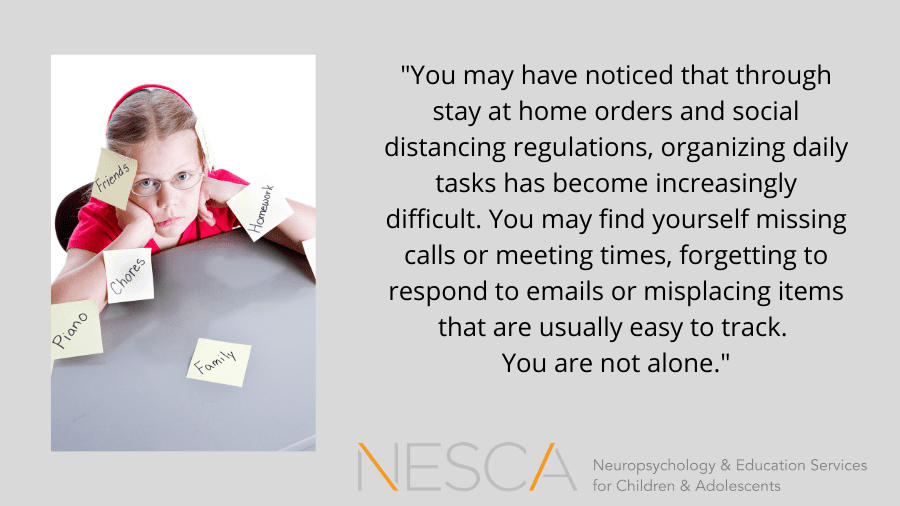



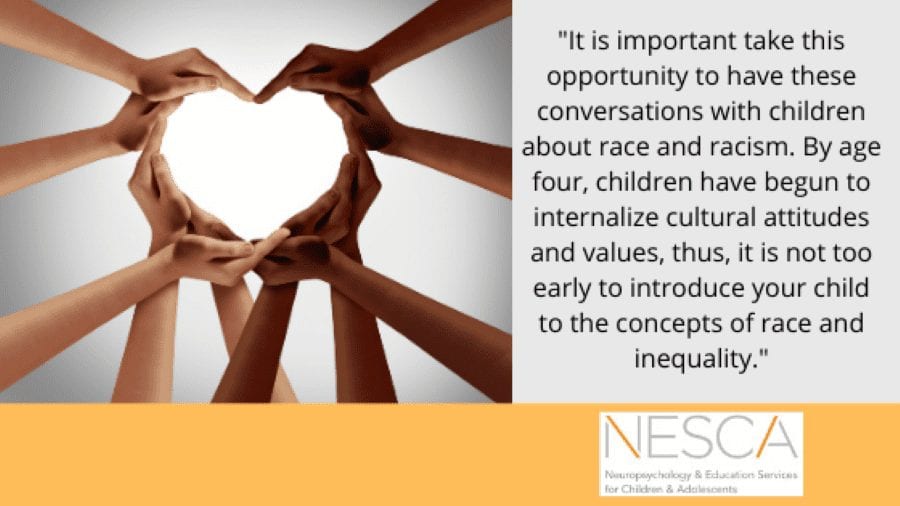
 M.A. from Antioch New England in Applied Psychology. She also worked as an elementary school counselor and school psychologist for 15 years before embarking on her doctorate. During her doctorate, she did her pre-doctoral internship with RIT in Rochester, N.Y. where she worked with youth ages 5-17 who had experienced complex developmental trauma. Dr. Hess’s first post-doctoral fellowship was with The Counseling Center of New England where she provided psychotherapy and family therapy to children ages 5-18, their families and young adults. She also trained part-time with a pediatric neuropsychologist conducting neuropsychological evaluations. Currently, Dr. Hess is a second-year post-doctoral fellow in pediatric neuropsychological assessment, working with NESCA Londonderry’s
M.A. from Antioch New England in Applied Psychology. She also worked as an elementary school counselor and school psychologist for 15 years before embarking on her doctorate. During her doctorate, she did her pre-doctoral internship with RIT in Rochester, N.Y. where she worked with youth ages 5-17 who had experienced complex developmental trauma. Dr. Hess’s first post-doctoral fellowship was with The Counseling Center of New England where she provided psychotherapy and family therapy to children ages 5-18, their families and young adults. She also trained part-time with a pediatric neuropsychologist conducting neuropsychological evaluations. Currently, Dr. Hess is a second-year post-doctoral fellow in pediatric neuropsychological assessment, working with NESCA Londonderry’s 

 and academia for over 30 years. She is a national consultant and speaker on program design and the inclusion of children and adolescents with special needs, especially those diagnosed with Autism Spectrum Disorder (ASD). Prior to joining NESCA, Ms. Lucci was the Principal of the Partners Program/EDCO Collaborative and previously the Program Director and Director of Consultation at MGH/Aspire for 13 years, where she built child, teen and young adult programs and established the 3-Ss (self-awareness, social competency and stress management) as the programming backbone. She also served as director of the Autism Support Center. Ms. Lucci was previously an elementary classroom teacher, special educator, researcher, school psychologist, college professor and director of public schools, a private special education school and an education collaborative.
and academia for over 30 years. She is a national consultant and speaker on program design and the inclusion of children and adolescents with special needs, especially those diagnosed with Autism Spectrum Disorder (ASD). Prior to joining NESCA, Ms. Lucci was the Principal of the Partners Program/EDCO Collaborative and previously the Program Director and Director of Consultation at MGH/Aspire for 13 years, where she built child, teen and young adult programs and established the 3-Ss (self-awareness, social competency and stress management) as the programming backbone. She also served as director of the Autism Support Center. Ms. Lucci was previously an elementary classroom teacher, special educator, researcher, school psychologist, college professor and director of public schools, a private special education school and an education collaborative.
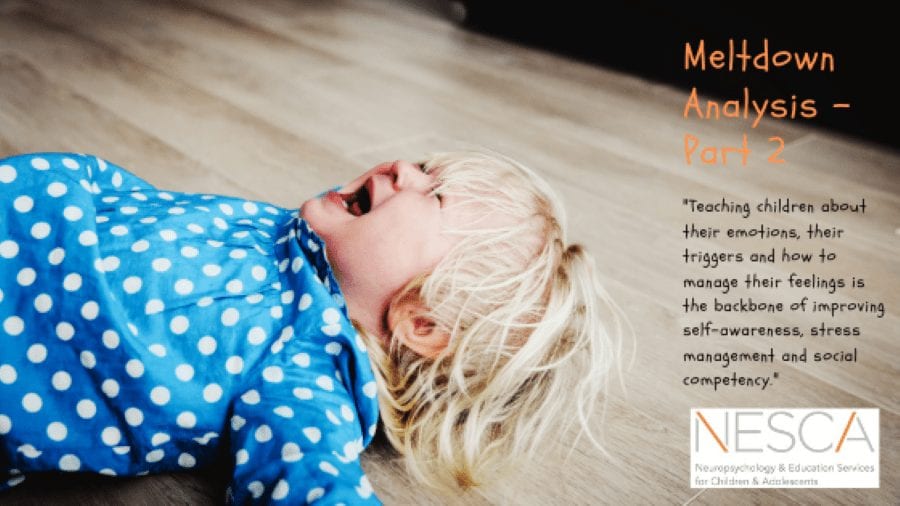

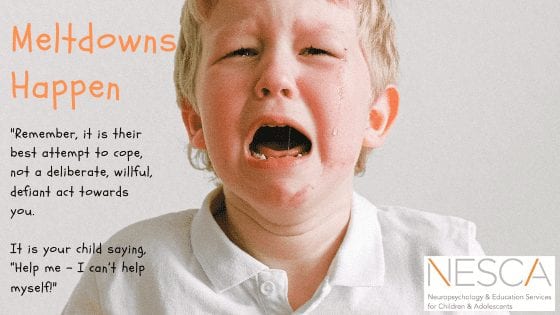
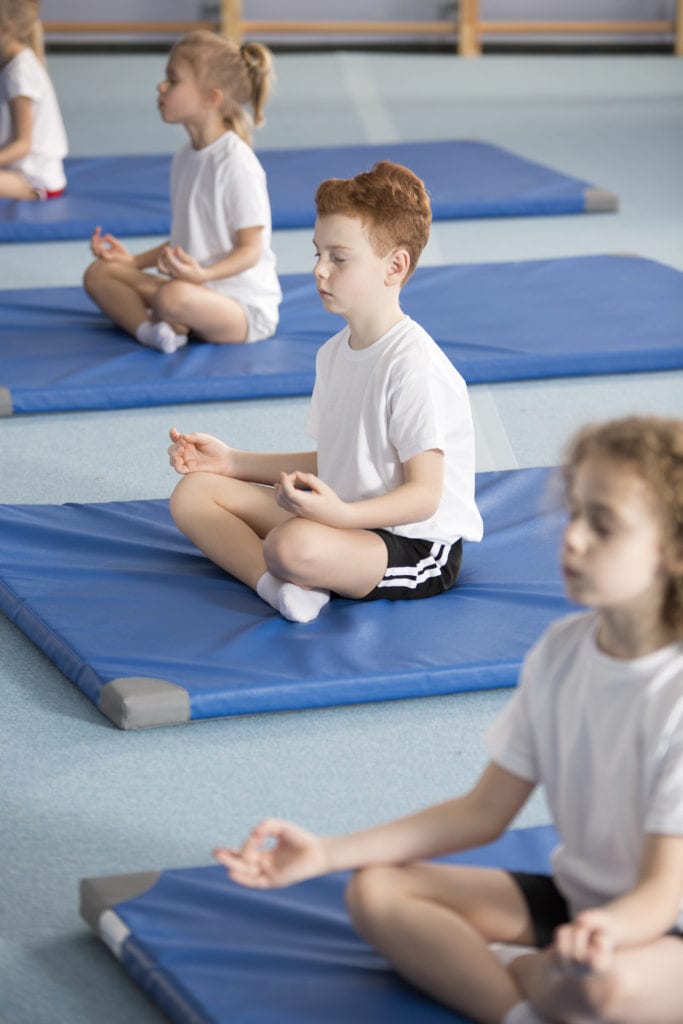 By:
By: 
Connect with Us